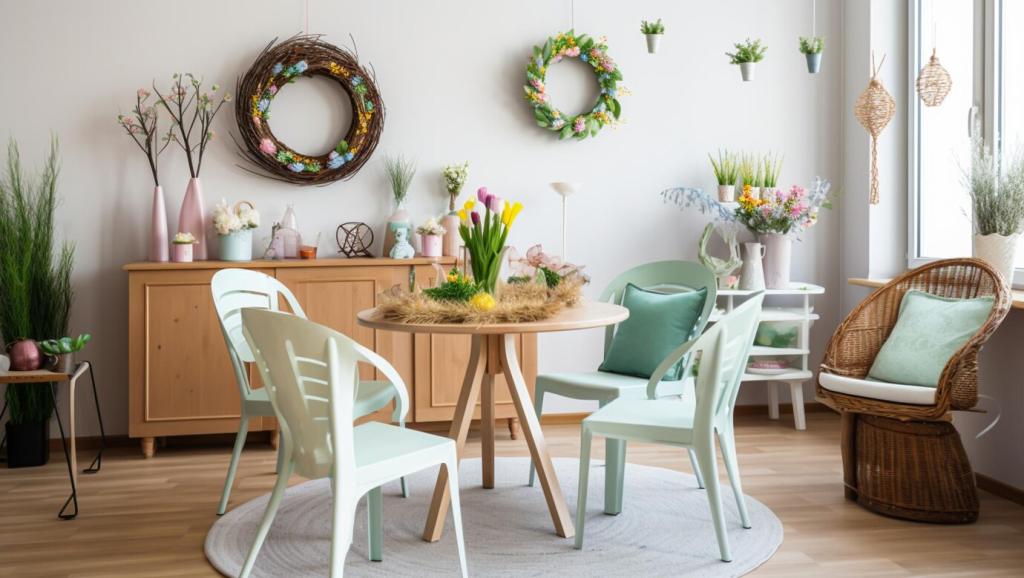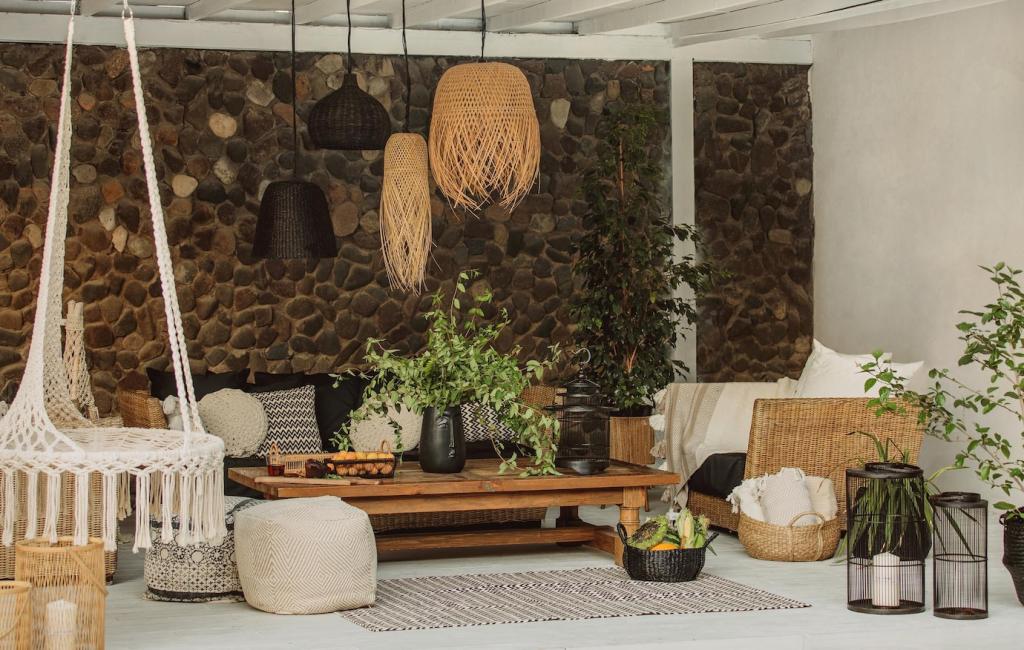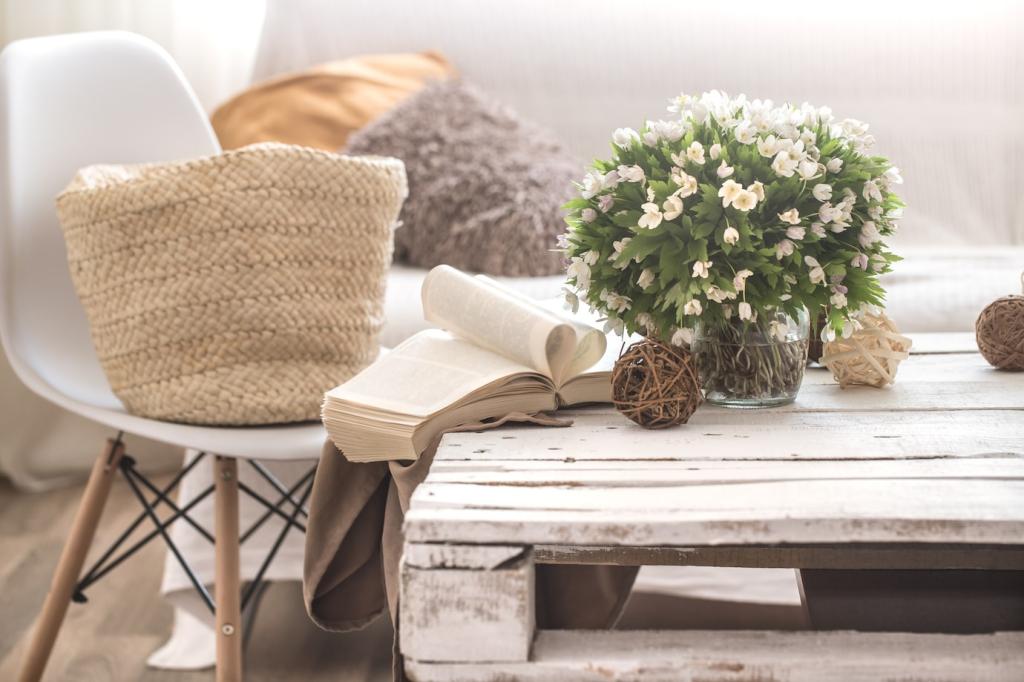Designing for Circular Interiors
Use standardized panel sizes, exposed fasteners, and accessible hardware. As needs shift, components can be reconfigured without waste—keeping cork, bamboo, and agrifiber parts working hard for longer.
Designing for Circular Interiors
Create simple care guides: breathable finishes, gentle cleaners, seasonal checks. Invite subscribers to download our maintenance checklist and comment with refinishing tips that brought tired surfaces back to life.







